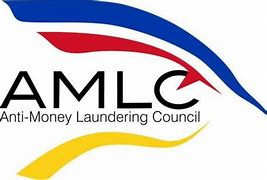The Philippines’ inflation rate continued its downward trend for the fourth consecutive month, easing to 1.3% in May from 1.4% in April.
The slowdown was primarily driven by declining utility costs, particularly electricity and water prices, contributing to a return to pre-pandemic inflation levels.
National Statistician Claire Dennis Mapa noted that the utilities index saw a slower increase of 2.3%, significantly impacting the overall decline.
Government officials expressed optimism that inflation will remain within the Bangko Sentral ng Pilipinas’ forecast range of 0.9% to 1.7% and below the full-year target of 2% to 4%.
Food inflation remained steady at 0.7%, with notable contributions from meat, seafood, and dairy products.
Inflation for lower-income households registered at zero percent, with the transport index showing further deflation.
Metro Manila’s inflation rate also declined to 1.7%, while several regions outside the capital reported month-on-month decreases.
To sustain this trend, the government is implementing targeted policies, including ASF vaccine development, extended fish import permit deadlines, and the “Benteng Bigas Meron Na” initiative, which provides subsidized rice to vulnerable groups. (ZIA LUNA)




